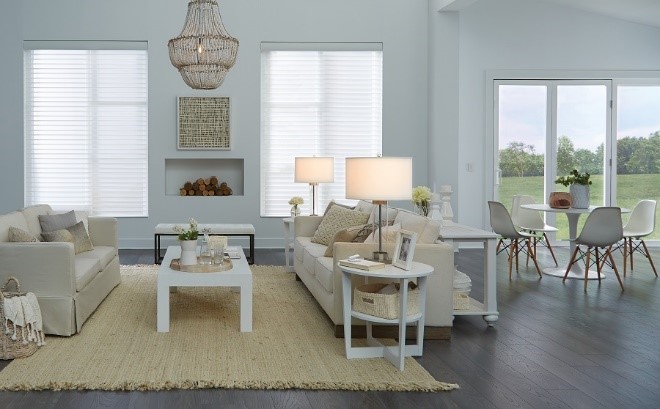A Beginner's Guide to Smart Home Lighting Control
How it works, where you can use it in your home, and everything you need to get started

While smart home automation has a great deal to offer homeowners, the thought of installing that much new technology in your home can be daunting. Maybe you’re looking for a starter system to dip your toe in the water, so to speak. If that’s the case, we recommend starting with lighting control. Smart lighting systems offer tremendous convenience and a host of other benefits for San Diego homeowners. Today’s blog will outline some of these benefits, along with the basics of how lighting control works.
SEE ALSO: How to Be More Productive with Home Lighting Control
LIGHTING CONTROL BASICS
At the most fundamental level, smart lighting is a system of centralized control over all the light fixtures in your house. Once everything’s in place, you can set any light in your home to whatever brightness level or color you want, all from a single device.
The first question to ask yourself if you decide to install lighting control is whether you want a wired or wireless system. To install a wired system, you’ll need to run new cabling to link your fixtures together and connect them to your control switch. (This switch is usually located in a utility closet or other out-of-the-way spot.) Wired systems cost more because of the extra components and installation time involved. It’s also worth noting that installing these new parts may mean putting some holes in your walls for a little while. Once the installation process is complete, however, you’ll have a robust, reliable system.
Wireless systems are both easier to install and cheaper because there’s no need to add new wires. The trade-off is a less reliable connection among your devices, which may cause the occasional glitch, and a limit on the number of devices you can include. You’ll need to weigh these factors yourself and choose the system that best fits your needs.
INSTALL LED BULBS
Next, let’s talk about the physical components of a lighting control system. Different bulbs produce dramatically different types of light. We recommend LEDs for your lighting control system. LEDs are significantly more energy efficient than incandescent bulbs. LEDs are also a safer and more efficient alternative to CFLs.
The most important reason you want to install LEDs, however, is that they let you customize your lighting to a much higher degree. Using warm-dimming LED bulbs, you can control the color temperature and intensity of a fixture independently from each other, giving you many more lighting options. Soft, warm glows help you wake up gently in the early morning and unwind after a long day, while stronger, cooler tones give you a productivity boost.
INCORPORATE AUTOMATION AND LIGHTING SCENES
Home automation systems allow you to program your own lighting scenes to suit your lifestyle. Lighting scenes are preset lighting configurations you design for common situations or activities. You can limit the systems involved in a scene to just your lights, or you can combine systems for greater convenience and control.
For example, one scene could be a “Dinner” scene. You could set this scene to dim your kitchen lights, lower your automated shades, turn on your speakers and fire up your favorite playlist to relax to. And you can do it all with one command.
Ready to transform your home with lighting control? Call us today at (909) 931-2835, fill out our online contact sheet or type a message in the chat box at the bottom of your browser.
